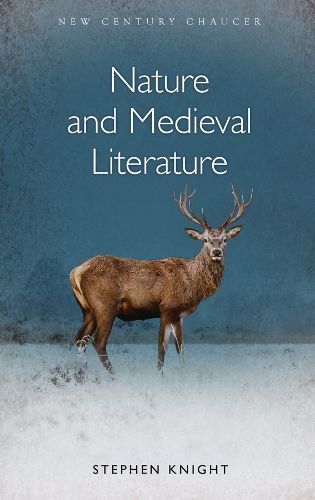Readings Newsletter
Become a Readings Member to make your shopping experience even easier.
Sign in or sign up for free!
You’re not far away from qualifying for FREE standard shipping within Australia
You’ve qualified for FREE standard shipping within Australia
The cart is loading…






An account of the varying responses to nature found in major medieval literature.
Nature and Medieval Literature investigates medieval writers who explore natural themes but also critique the human world through the patterns of nature. Starting with a consideration of ecological criticism in general, it shows how Welsh, French, and English authors deal differently with the Peredur/Perceval story. It then embarks on full-chapter studies of the treatment of nature in a range of major authors and texts: the work of Chaucer, then the Scottish Chaucerians, Dunbar and Henryson, the medieval and early modern outlaw myths (mostly about Robin Hood), the medieval English romances, and finally, a range of medieval English lyrics. In each case, it is shown how the texts at times represent the actual forces and patterns of the natural and animal worlds, but how in other cases-and sometimes overlapping with an understanding of nature itself-authors can use the natural and animal world as a basis for a critique of the human and increasingly urban world of the medieval period.
$9.00 standard shipping within Australia
FREE standard shipping within Australia for orders over $100.00
Express & International shipping calculated at checkout
An account of the varying responses to nature found in major medieval literature.
Nature and Medieval Literature investigates medieval writers who explore natural themes but also critique the human world through the patterns of nature. Starting with a consideration of ecological criticism in general, it shows how Welsh, French, and English authors deal differently with the Peredur/Perceval story. It then embarks on full-chapter studies of the treatment of nature in a range of major authors and texts: the work of Chaucer, then the Scottish Chaucerians, Dunbar and Henryson, the medieval and early modern outlaw myths (mostly about Robin Hood), the medieval English romances, and finally, a range of medieval English lyrics. In each case, it is shown how the texts at times represent the actual forces and patterns of the natural and animal worlds, but how in other cases-and sometimes overlapping with an understanding of nature itself-authors can use the natural and animal world as a basis for a critique of the human and increasingly urban world of the medieval period.